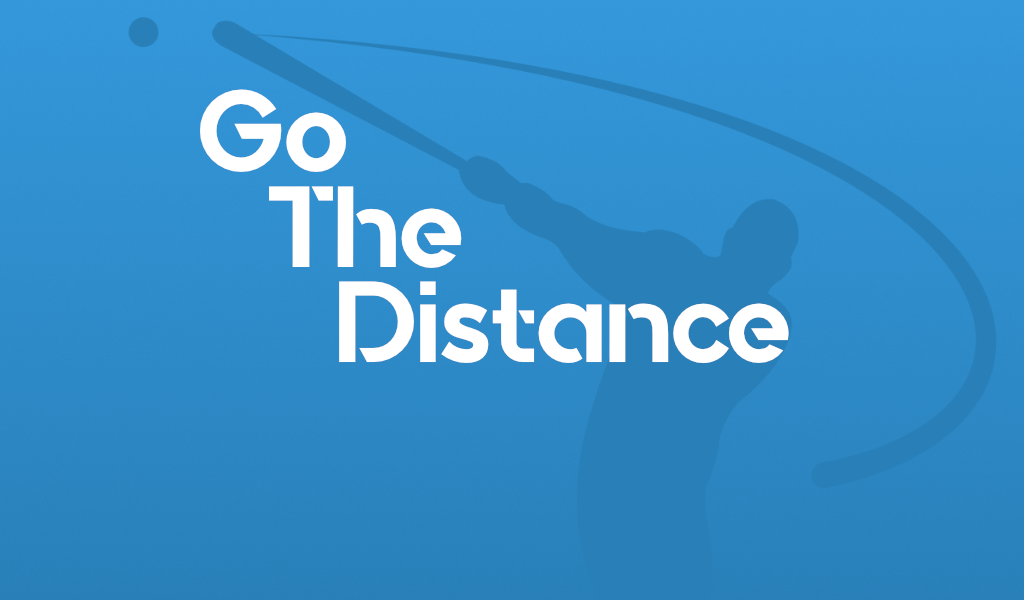**for your best reading experience please be sure to read the article on Inflation first before diving into this article. You will still be able to read this article without doing so, and if you understand inflation already, you can proceed**
If you are in a keeper auction league, you are probably familiar with the Freeze Date (or keeper due date). This is the date set by the commissioner as the deadline for claiming your holdovers for the upcoming season. In some leagues there might just be one date. I play in a league which has a deadline for your top 6, then a week later there is the final due date, in which owners claim their final 4 holdovers going into the draft. As per the common theme in auction keeper leagues, there are many formats and rules, so be top to speed on the league settings.
In anticipation of the freeze date, you should be focusing on identifying which players from other teams you think will be held over. This will make you aware of values on your team and around the league that you maybe did not know existed. This process does not need to start pre draft. This is something that should be done all year round. I am constantly keeping a tab of every owner’s possible future keepers. If your league has 10 keepers, I am keeping a documented page of every owners projected 10 for the following year all year round. It helps me identify where the value is lying around the league. It also helps in any trade you are trying to make. Maybe you identify that an owner has about 13-15 great values for next year. This opens up a possibility of that owner being a trade partner, especially if that owner is aware of it as well. On one hand he may want to hold onto all these possible values for next year. Or he may decide that some of those players can me be moved for the right price. If you are looking to rebuild for next year, you can go after some great value in return for giving up a player whose hold over price will be right around his projected value and can provide that team with a player than can be pivotal in a playoff run. You can also flip it around the other way. You may realize that you have some great keeper profit value and you use it to acquire talent you need to win now. This can prove to be a desired end result of a stars and scrubs draft approach to drafting, where all it takes is a couple of $1/$2 player who outperform their projections for you to get the most out of that strategy. Last year I traded a $1 Ketel Marte for a $31 Jacob deGrom (who I was not able to freeze due to contract rules in my league). I had determined that deGrom would be difference maker in a title run while also knowing I had some other great options for next year as well. deGrom WAS that difference maker and helped me to a title. If you like to draft with the Stars and Scrubs approach, those $1 picks you make in the draft should be high upside picks. It leads to the possibility of trading those $1 guys who hit, for a player that can help you win, like the above example. No one is going to want to give you deGrom for a $1 Evan Longoria.
The moment has come for you to start prepping for your upcoming draft (make it a habit to start RIGHT after the World Series is finished). If you have played your cards right and are preparing to NOT fail, you are keenly aware of the best keeper options from around the whole league, not just your team. Do NOT be the guy who claims his keepers without doing the necessary due diligence. By scanning the rosters of all your league mates you can make an educated guess on everyones holdovers. Simply put yourself in their shoes and think about who you would keep from that team. NOW put yourself in that persons brain for a bit and anticipate their holdovers with THEIR strategy in mind. How can you do that? Simple…PAY ATTENTION!. Thats it, just pay attention. However long your league has been around you should be picking up on everyones habits. You should be aware of everything they show, strategy wise. Team 1 likes to go Stars & Scrubs? Noted. Team 2 prefers pitching over bats in roster construction- noted. Team 3 drafts all $20 closers- noted. Obviously owners shift their strategies at times and what they show one year will not always be how they play next near, but it is sure helpful to know what they have done in the past, to helping aiding you in preparing for the future.
Not to get too off track from preparing for the draft, but being aware of your league mates tendencies does not end with their drafting strategy. If your league runs FAAB for free agency, be very aware of an owners bidding tactics, as well as the results. For example you may notice some owners bid in increments of $5’s. $5, $15, $35, etc. I have noticed that many people bid this way. Adjust accordingly by going to the $16/$17 or $36/$37. Be the differentiator in those bids, do not be the norm. In paying attention to the bidding results we can extract something very important. If your league is using FAAB, it should be showing the results for not only who wins those bids but the bids that lost as well. Here is how I use that to my advantage. I am keeping a log of who lost out on bids, especially owners who lost out on a player by bidding a high amount of their FAAB. Why you ask? You win the hot save pickup for the week or the hot hitting slugger. You pony up $33, and you realize that 4 other owners had bids of at least $20. Fast forward 2 weeks. Perhaps you picked up said player to replace an injured player on your team. This injured player comes back, and your recent pickup may be the drop casualty. But wait…let me see how those teams who lost out on that $33 player are faring. Do they still have a need for the guy they lost out on but clearly had interest in? If so, there’s a moment to capitalize and take advantage of that. Now instead of dropping your most recent big money free agent player you can extract value from another team because that owner still has the hots for this player. You weigh your cost of dropping that player for whoever you were going to pick up versus who you may be able to attain in a trade. This probably will not happen on the regular. The importance is knowing the concept and having the ability to pay attention to your league.
Back to the upcoming freeze date in your league. You have done your homework. You know where the values lie across all the other teams, and in return, can better asses who the better keepers are for YOUR team. Now you can make a list of everyones anticipated keepers and the total cost it will take for the owners to keep those players. Tally up the real market values from these players (use NFBC auction results from their website) and find the cost it “should” have taken to roster the same players. Find the “anticipated” inflation rate. I say anticipated because again, this is all speculation. You are prepping for what you think will happen. After the definite holdovers are claimed, you need to do this process again heading into the draft (unless you guessed everyone’s keepers correctly- which I have before- KNOW YOUR LEAGUE MATES!!). For anyone needing a primer on inflation, please read my quick introduction to it here, as well as listen to my podcast on it here.
The “expected” inflation rate is set and you are ready to go. Pockets of draft day value are becoming known, positions and players who will demand a lot of draft day capital to acquire are popping out at you. You formulate your ultimate draft attack. Now you can determine, if in fact the keepers that you are going to go forth with provide more value than what might be available and you can adjust accordingly. My next step is to immediately start identifying the players you want to acquire in the draft and creating tiers of desired targets in regards to their probable acquisition cost. Note the prices you would be willing to go for those players as well. What I find helpful is to lay out different slots of dollar values in which you might want to break your targets into. For example if you have $160 left to spend for 14 players. I like to take bottoms up approach in roster construction here. Let’s say I want to allocate 6 of those players to $1 bids. Now I have got $154 left to spend on 8 guys. Then I can lay out a plan of how I want the rest of my draft. I can go something like this- $30/30/20/20/20/18/8/8. Look at the player pool and determine the route you want to take. Go get your guys. Get your targets. The reason I do this prior to the freeze date and again after the freeze date is to compare my players to the possible player pool in assisting me on finding the best holdovers. You sit there pre-keeper due date with all this ammo while at least 4 of your league mates have not even sniffed baseball since the World Series. This is the course to competing consistently and it is done by crushing your draft. This is “going the distance”. Doing what it takes to ensure you are putting your best effort into winning your league.



